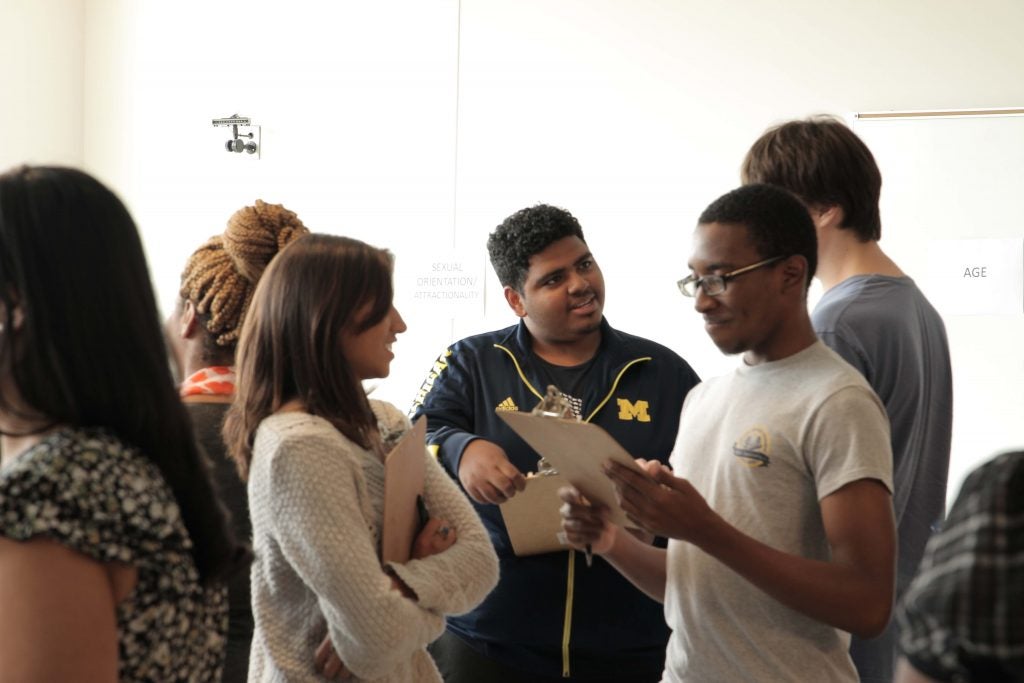Welcome to Equitable Teaching at U-M
Start here if you are new to our site!
Ongoing student activism at the University of Michigan and across the United States has been a catalyst for renewed faculty engagement in issues of diversity and inclusion. In response to that activism, and in order to build upon existing efforts within the College of LSA to address campus climate concerns, we commit to providing innovative teaching methods and tools that foster success for students through equitable teaching practices.
Why Teach Equitably?
Creating an inclusive classroom environment isn’t just a nice idea—its effect on student engagement, learning, and achievement is supported by substantial academic research. There are a range of ways to define inclusive teaching, but some significant aspects of it include:
- Purposeful design, teaching, and assessment that is engaging, meaningful, and accessible to all
- Teaching that incorporates dynamic practices with an awareness of different learning styles
- Using varied means of assessment to promote student academic success and well-being
- Teaching that attends to students’ different social identities and backgrounds
- Design, teaching and assessment that deliberately cultivates an environment in which all students are treated fairly, have equal access to learning, feel welcome, valued, challenged, and supported in succeeding academically

CULTIVATE EQUITABLE CLASSROOMS
An equitable classroom environment starts with course and syllabus design, reaches through day-to-day interactions, and extends all the way to assessment practices for student work. View the many resources on cultivating equity in the classroom.
We are grateful to our colleagues in the Center for Research on Learning and Teaching, the Program on Intergroup Relations, the Comprehensive Studies Program, and many others for generously sharing equitable teaching materials they have developed over years of practice for use on this website.
Find Video Content and Sample Activities
Contact Us



